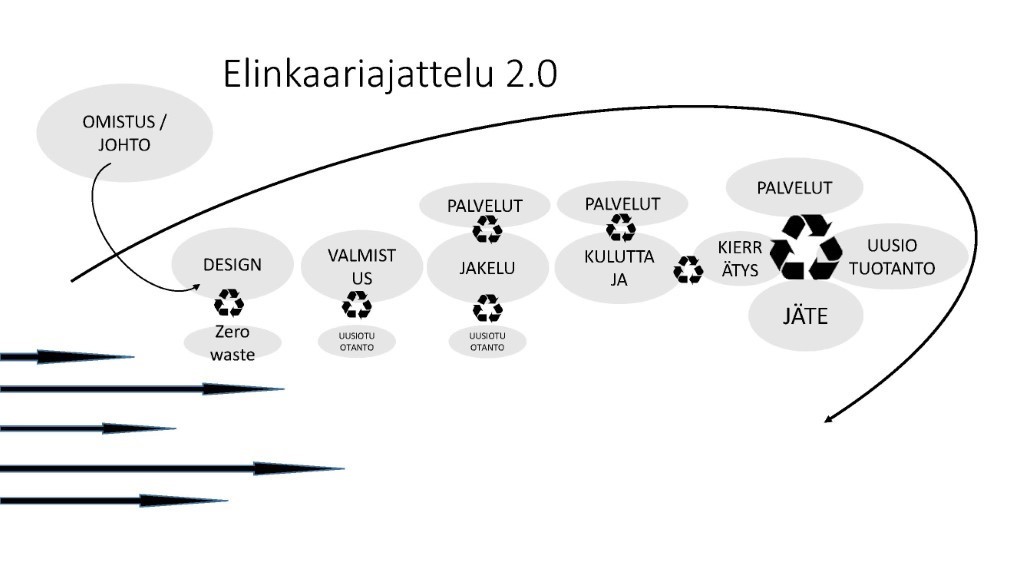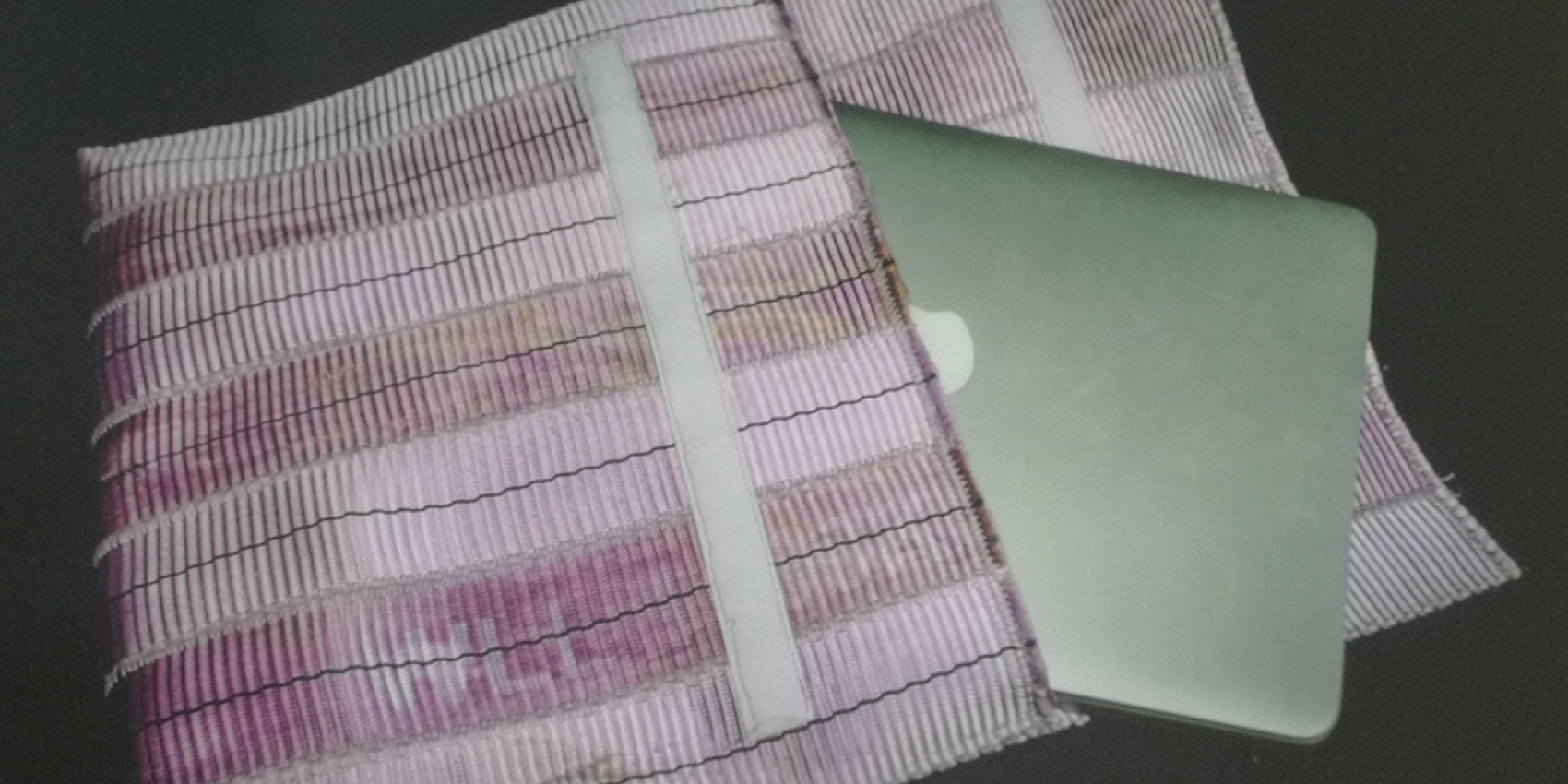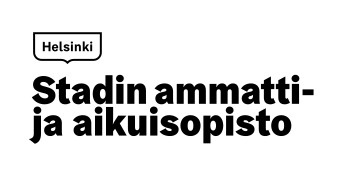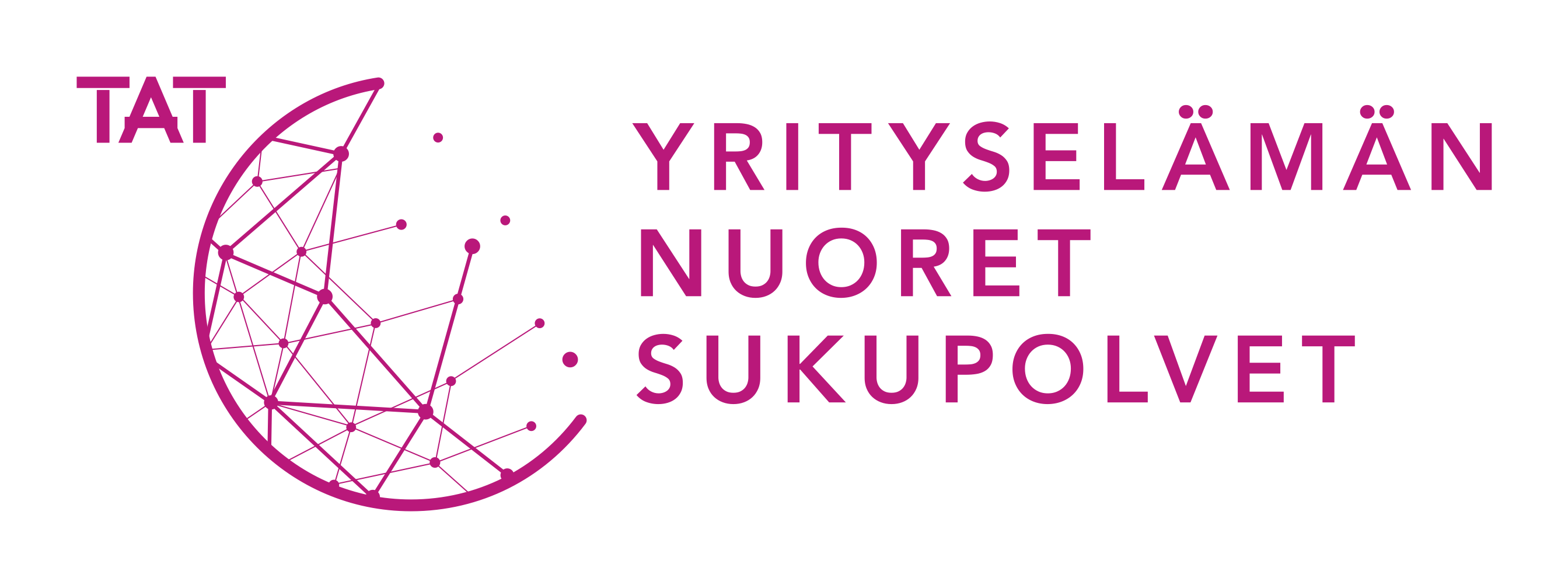Product design
The recycled materials available determine how the circular economy product is designed. Therefore, it is important to obtain and check the materials for the products in advance, sort them based on quality and test their suitability. The design process starts by defining the product’s necessity and purpose of use, brainstorming ideas and preparing drafts using various tools.
Recycled products and pieces of material generally come in different shapes and sizes, which is why the best way to produce interesting ideas and unique products is by designing the model with an experimental approach. The three-dimensional aspect of design requires the creator to be bold and have sufficient technical expertise. A successful, high-quality circular economy product strengthens the credibility of the product brand and its attractiveness on the market as well as the user’s emotional connection to the product.
The main questions in product design are related to the present and the future. How can you design a functional, durable and trusty item of clothing that the consumer will want to take care of and repair? How can the designed product be made as responsibly as possible? What does responsibility mean in the first place? Once the product has reached the end of one lifecycle, how will it be used afterwards?







